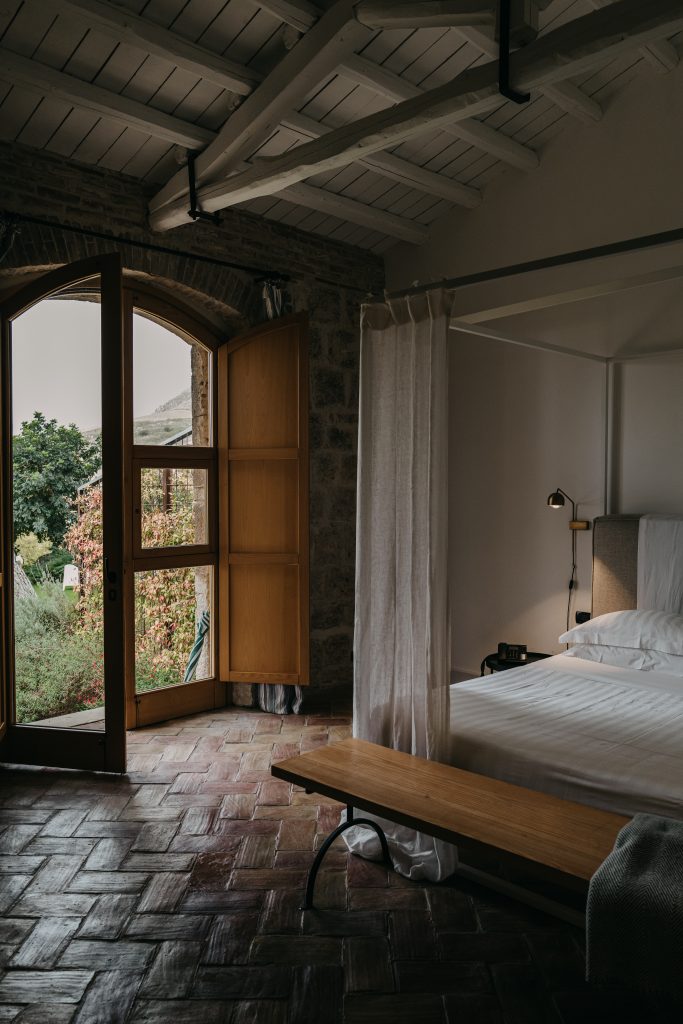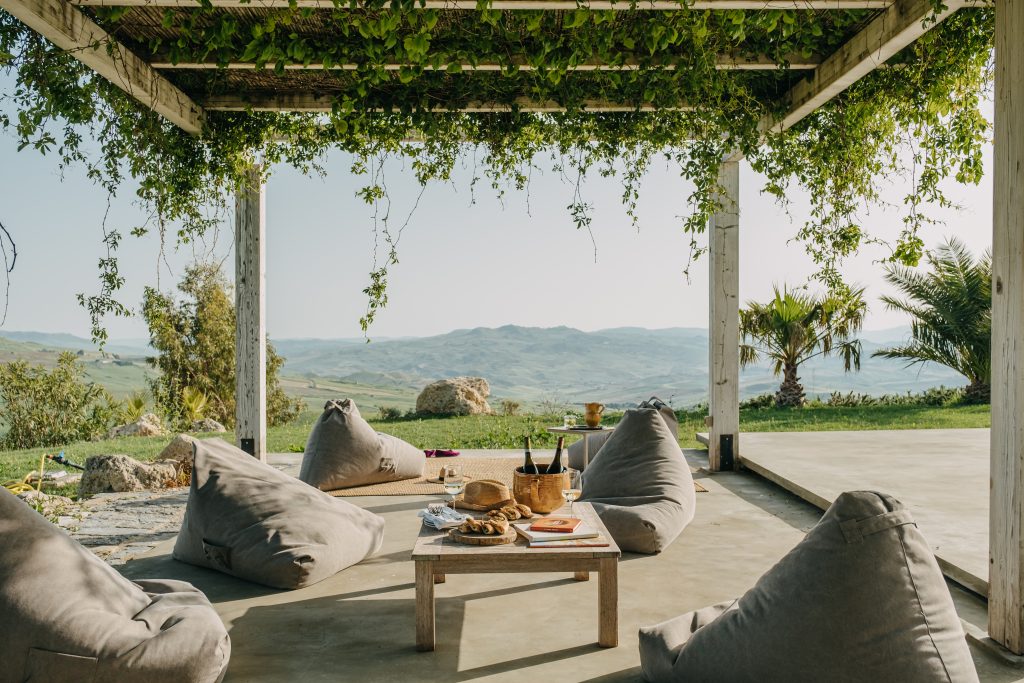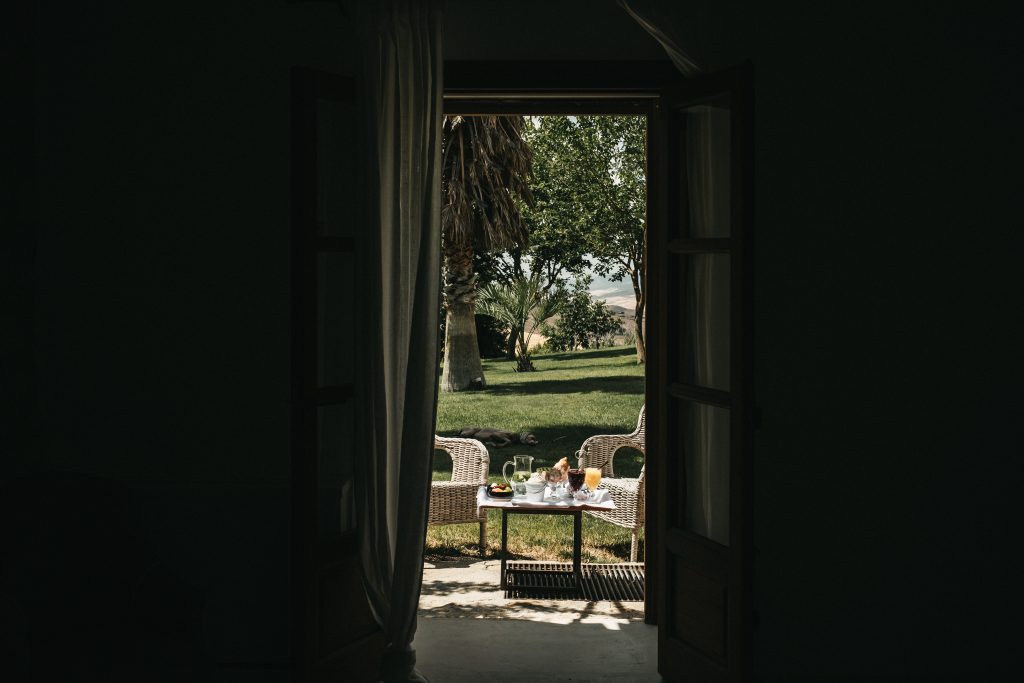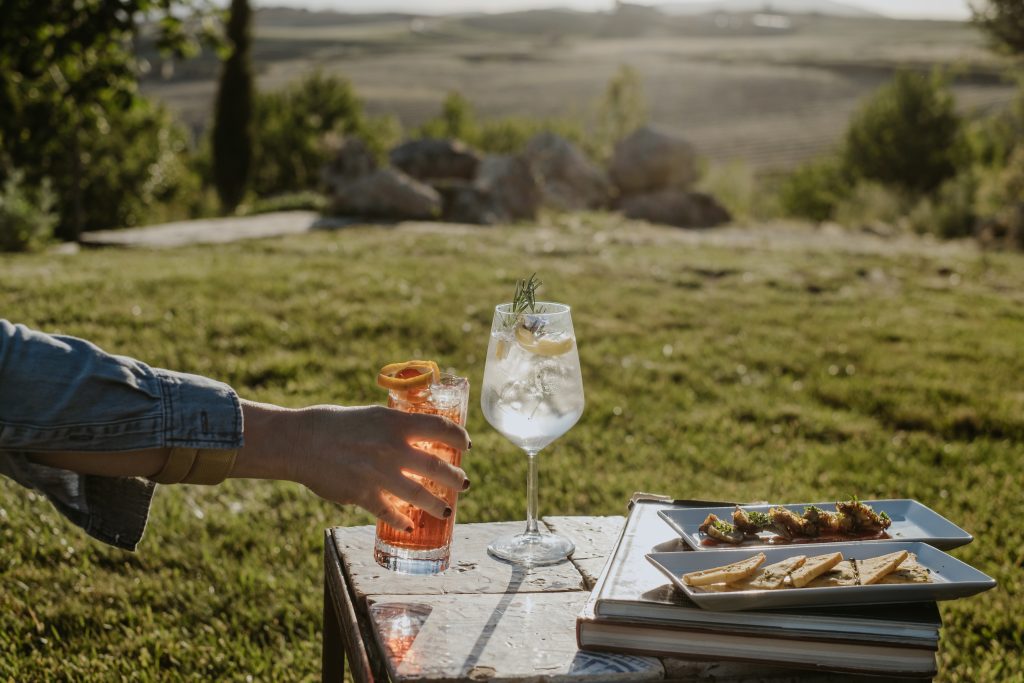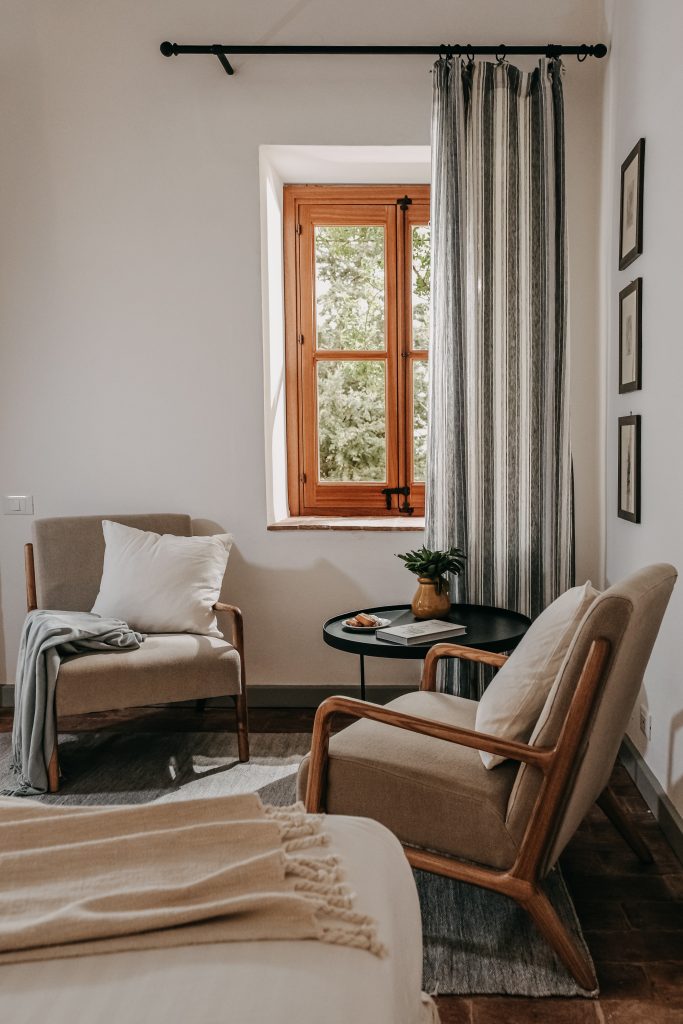Smart, straight-talking travel advice from a leading sustainability expert
S ustainability might be a buzzword, but it’s a word we’d all do well to better understand if we want to take strides towards positive, impactful change. We spoke to the author of must-read book – The Green Edit: Travel.

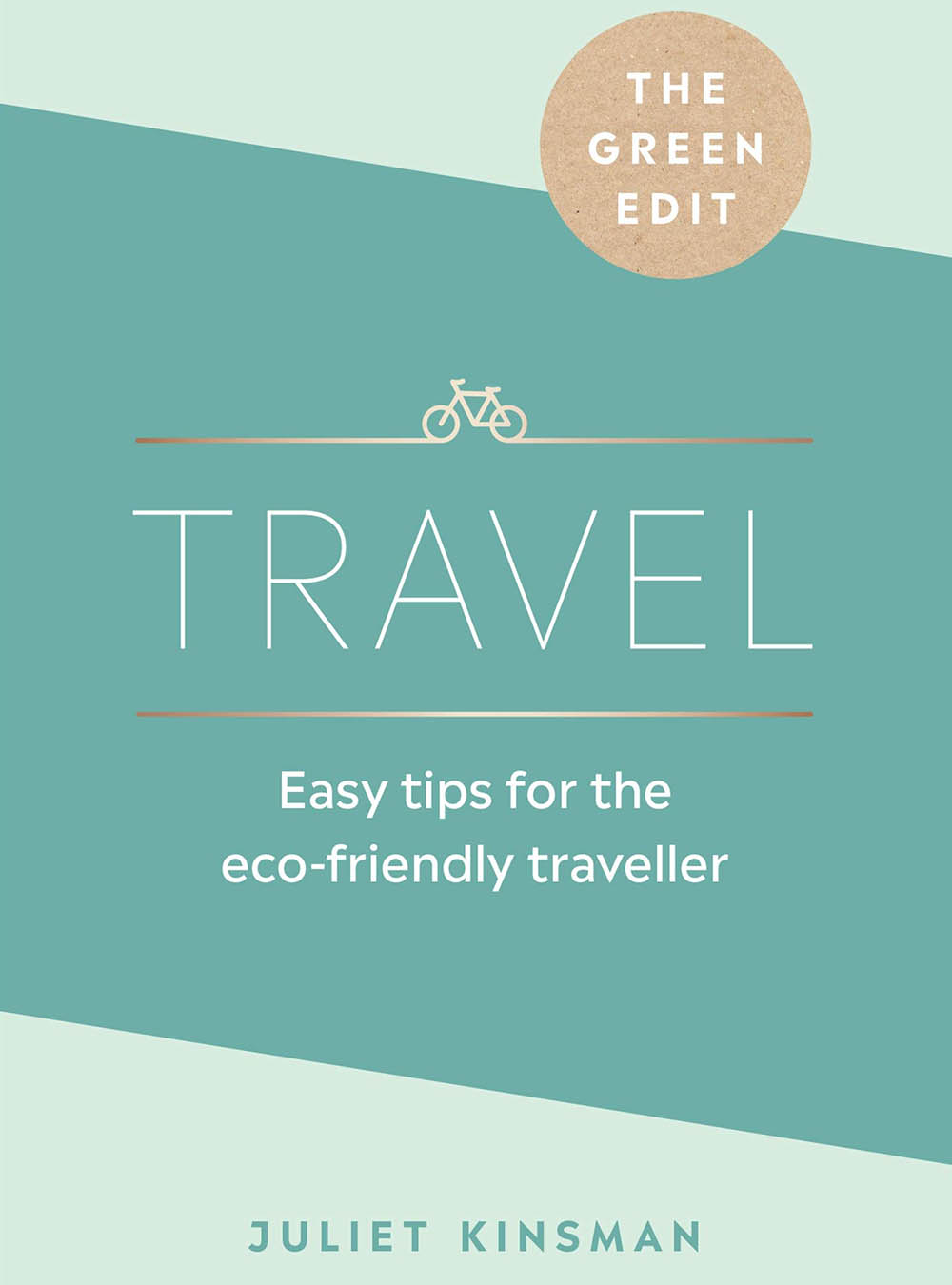
In August 2021, the UN published the IPCC’s climate report warning that we are officially at ‘code red’, confirming human activity is the main cause of the climate collapse. Here at SLH, we’ve been working behind the scenes to activate our hotels to strengthen their sustainability efforts, making it easier for you to choose more planet-friendly hotels. Pioneering properties are part of the Considerate Collection, a new, ethos-driven portfolio of actively sustainable luxury hotels.
Handpicked in line with the Global Sustainable Tourism Council (GSTC) criteria, we also took the United Nations Sustainability Development Goals (SDGs) into account so as to showcase truly outstanding eco-credentials. But it’s not enough to book the hotels doing more, as travellers, it helps if we try and do better too. So we sat down with Condé Nast Traveller’s sustainability editor Juliet Kinsman to get the lowdown on how to travel with more care and consideration in a post-pandemic world.
Best accommodation for a more sustainable holiday?
Personally, I have always preferred small, boutique, independently owned hotels because the experience feels more intimate and authentic. Larger resorts can feel quite anonymous, and the type of traveller who chooses big, chain hotels isn’t necessarily always looking for the same, deeper connection with the destination. By choosing locally-owned properties, chances are you will be making a much better, more direct contribution to the local economy and supporting hoteliers who are likely to have more of a genuine, personal sense of responsibility for the land and culture they live and breathe.
Many of the SLH Considerate Collection hotels are locally owned, and have been in the same family for several generations like Susafa (pictured above), a 200-year-old Sicilian masseria in the cultivating hands of the Saeli-Rizzuto family, fifth generation agricultural entrepreneurs who have a deep rooted, personal connection to the land and neighbouring hamlets.
Can we truly combine luxury travel with sustainability?
This depends on how you define luxury travel – for me, the word luxury means something that is rare, a less-typical experience and away from your everyday. If you define luxury as excess and indulgence, you might struggle to have a truly sustainable experience. On the other hand, if your idea of luxury is beautiful, high-quality interior design, or enjoying the finest food and drink, then this is absolutely compatible with having a sustainable outlook on luxury.
When referring to the top 1% of the world – those who are travelling by superyacht, private jet, or helicopter – they’re the travellers with a lot of money and who have the power to transfer wealth to less affluent areas while on holiday. If, as a result of your trip, you are investing in a deprived area which will see significant socio-economic benefits from your visit, it’s vitally important that luxury travel exists to support wealth distribution.
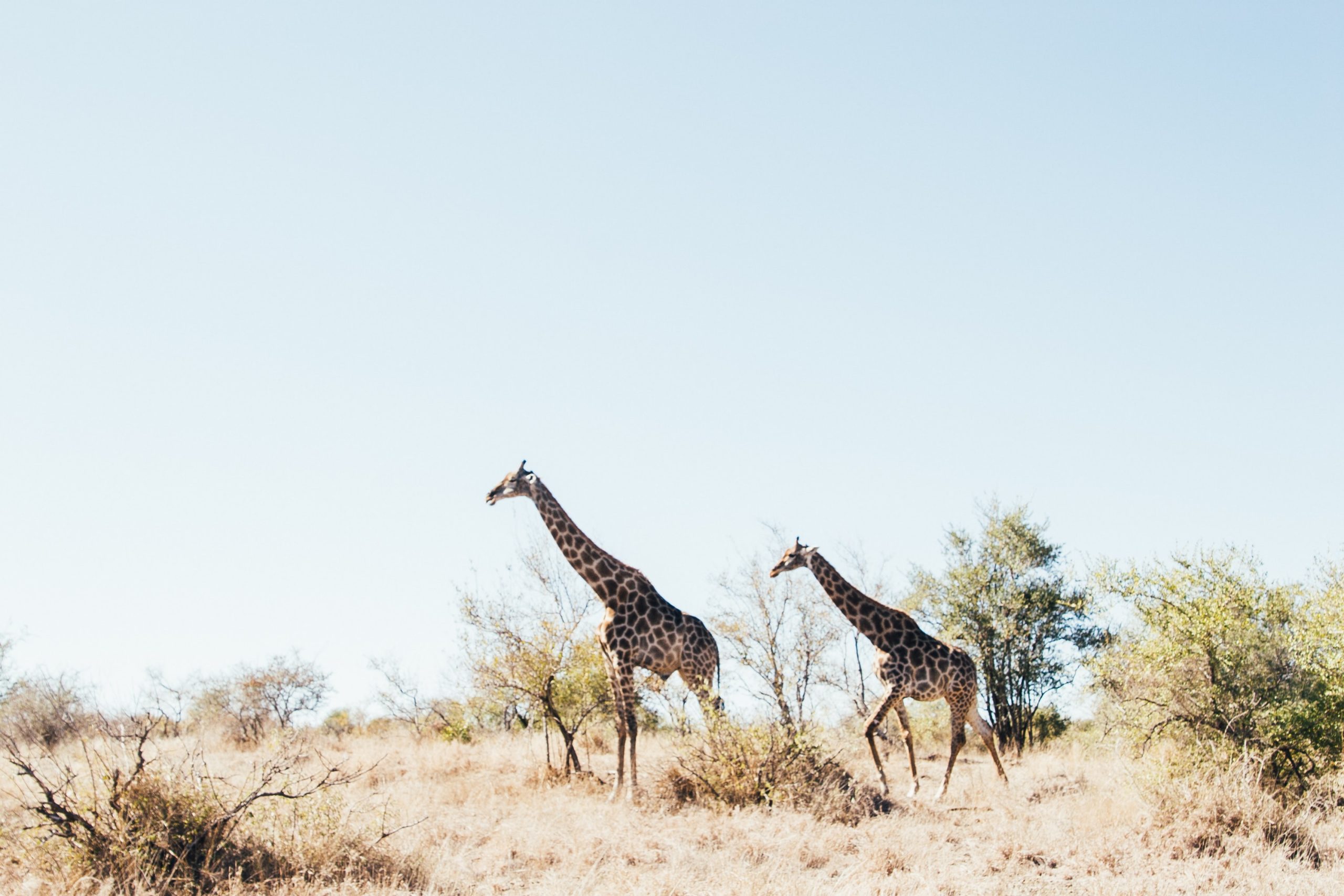
For example, if you are staying somewhere in Africa, choose a hotel which actively supports conservation. Somebody working in an African safari lodge might even be responsible for supporting up to 10 other people, which is where wealth distribution is key.
As we emerge out of the pandemic, which destinations would you recommend visiting?
If you asked me this a year ago, when we didn’t know how long this would all last, my answer might have been different. But things are changing all the time. It’s really hard to make this call when travel restrictions are constantly shifting and vaccination roll-outs still have a long way to go in some places… I would say go to a destination crying out for tourism: as long as you are not putting yourself or a local population who have lower vaccination levels at risk.
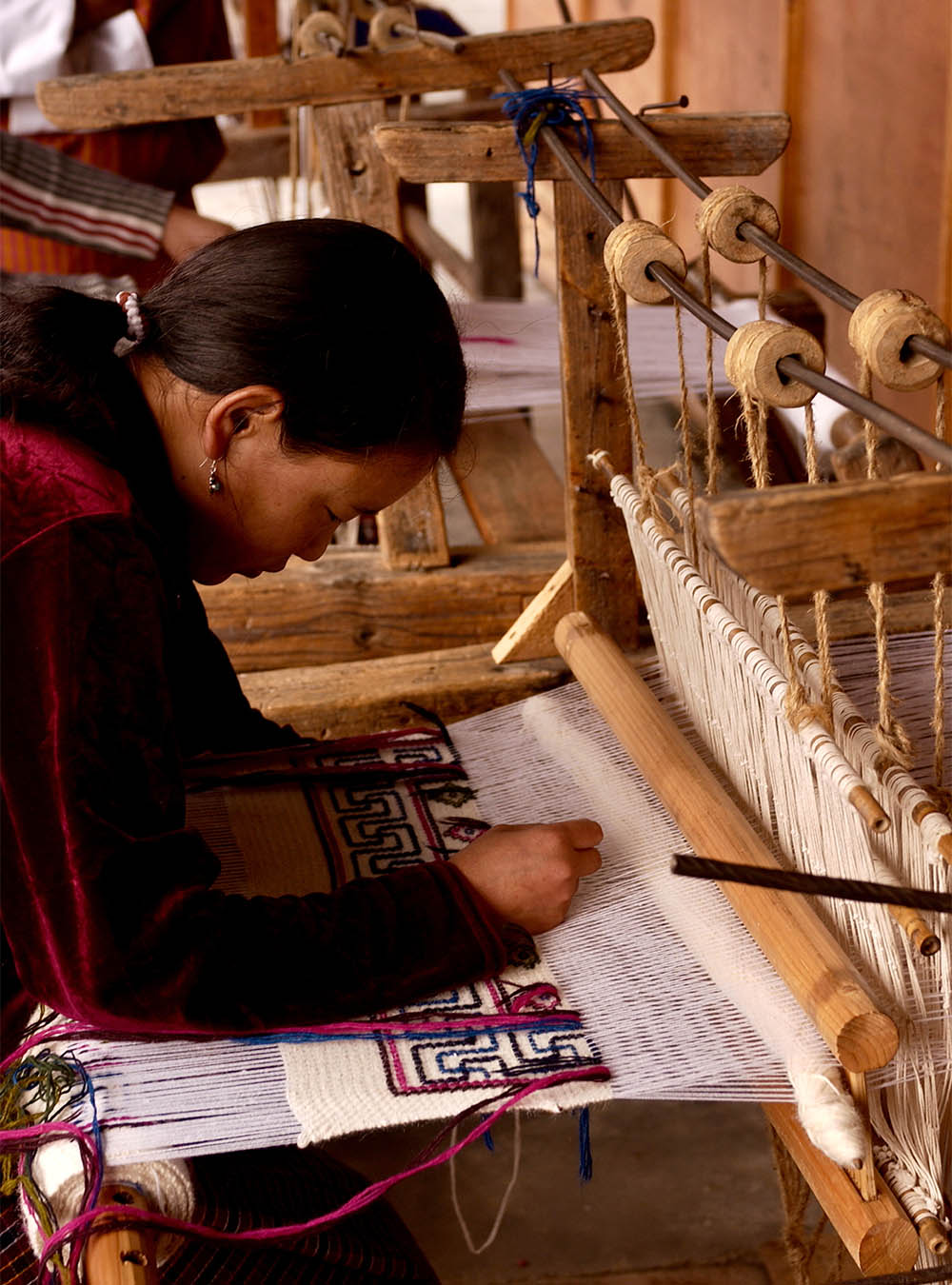
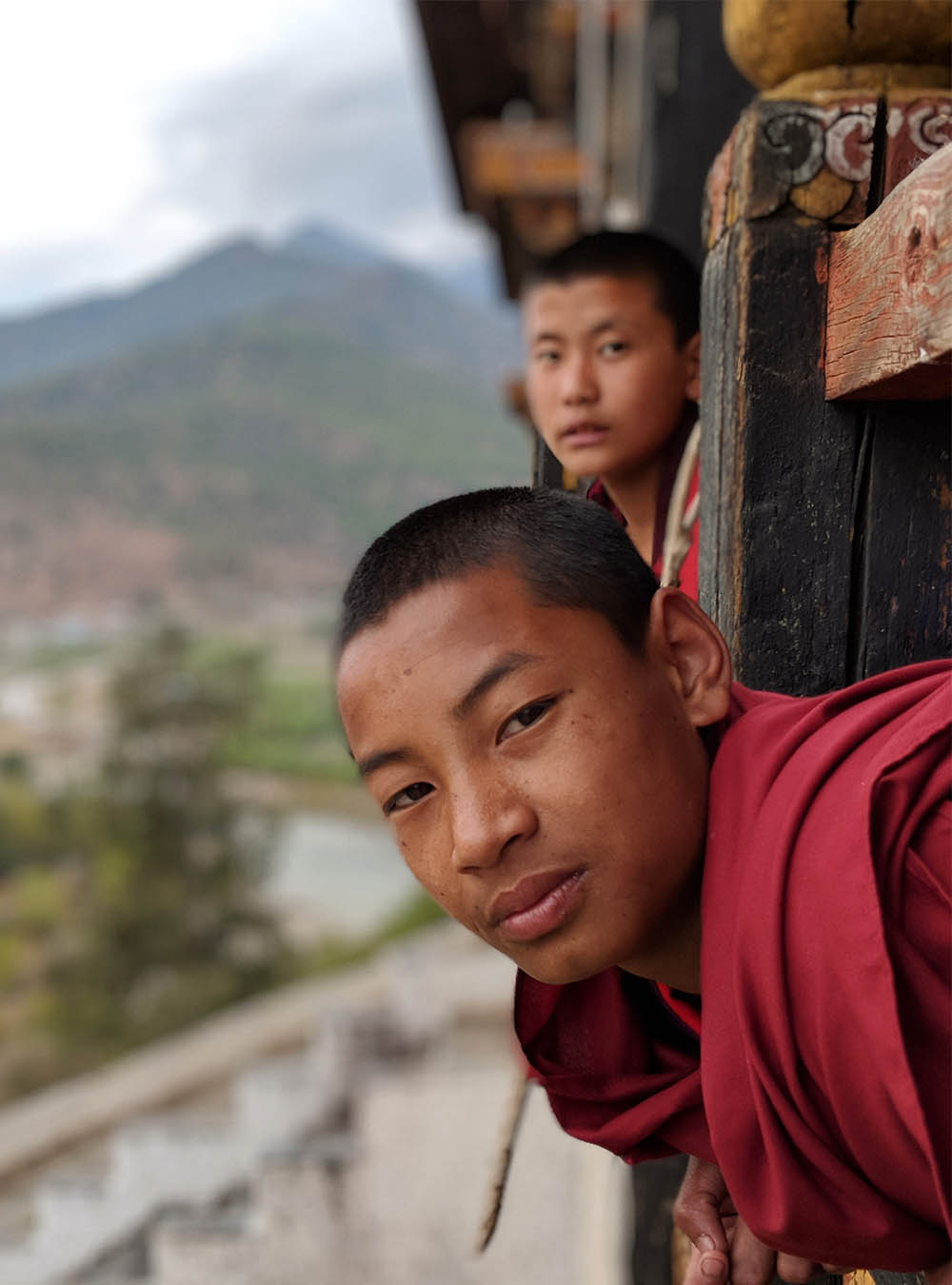
When we can travel freely and responsibly again, I would highlight Costa Rica and Bhutan on the sustainable traveller’s map. Costa Rica is a leader for unadulterated nature, and a nation which has a deep respect for the environment. Bhutan will forever be one of the best places to go as an eco-traveller – thanks to strict visa regulations, the country successfully hosts tourism in an ideal way, which sees a low volume of visitors but with a higher spend. This strategic approach to tourism creates a manageable, low-traffic flow which in turn results in minimal disturbance to the environment, while also allowing the Bhutanese people to showcase their culture in a much more authentic, meaningful way compared with mass-tourism-courting destinations.
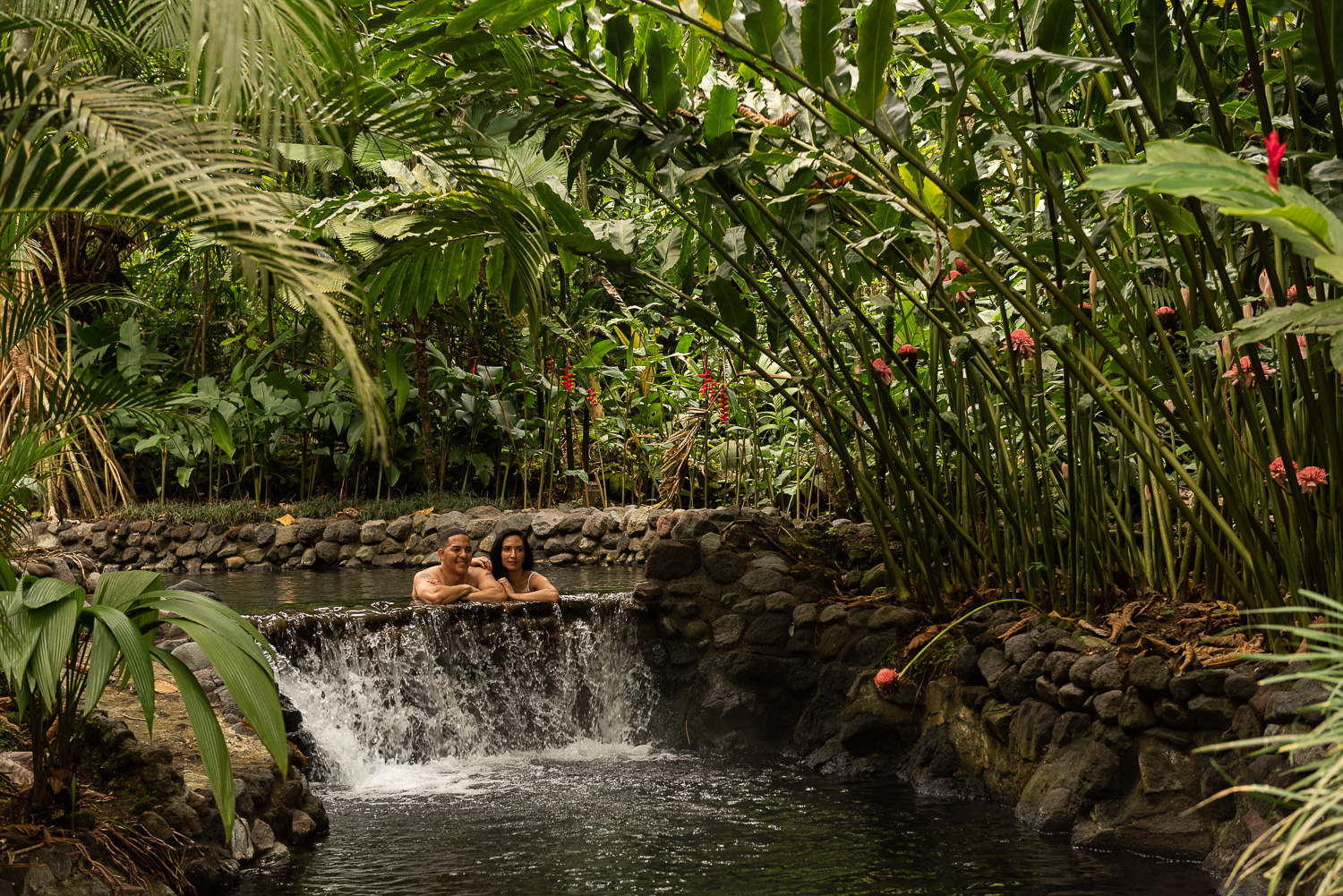
Every drop of water at Tabacón Thermal Resort & Spa (pictured above) has always been and will always be true, thermal water, naturally heated by the volcano and slowly mineralised, underground. The installation of 836 solar panels means that the energy generated for this Costa Rican resort is clean and completely renewable, while over 1,500 trees have been planted on property as part of an ongoing reforestation project.
Cities have been hard hit in terms of a pandemic drop in visitors. It’s better if we now go away for longer, to one destination and really get under its skin rather than take lots of minibreaks. So, on your next trip, try and combine a city stay with a beach resort or country retreat. Places such as Amsterdam, which have previously been accused of demonstrating overtourism a few years ago in the sustainable travel conversation, are now more viable options for a sustainable break post-pandemic. Lots of popular places which were previously over-touristed will now be desperate to welcome visitors back or will have much more manageable visitor numbers. In terms of cultural conservation and supporting the arts, cities also need international visitors to fund museums, galleries, and cultural attractions. And by travelling less, we are able to appreciate many places closer to home that we might previously have taken for granted.
If there is one thing a traveller can do to make more of a sustainable contribution, what would that be?
We always have to weigh up the positives and the negatives when planning a trip, and I think we need to get away from that “Oh but I’m on holiday” mentality where indulgence can lead to wastefulness. In response to the recent IPCC report, I have personally decided never to eat beef again and to reduce my dairy consumption. When you travel, especially in destinations which have to import produce from elsewhere, we need to consider our diet. Ask yourself, “What am I eating, where has my food come from. Is it locally and responsibly sourced and seasonal? And how do they tackle food waste?”
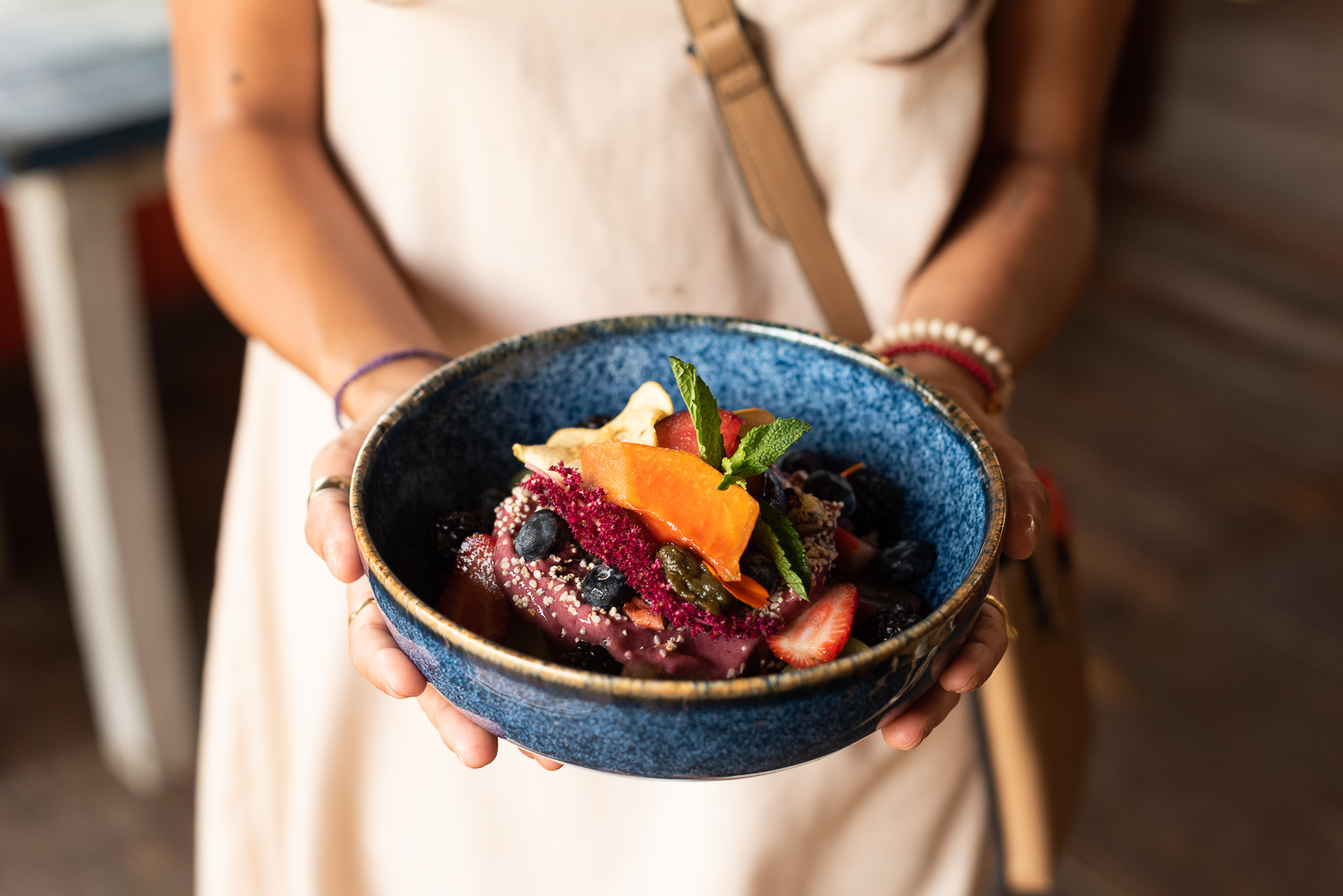
If a staycation is out of the option, what are the best ways to keep things local when travelling internationally?
Sustainable tourism doesn’t have to mean vowing to never take another flight, and if you find yourself – understandably – craving a trip abroad, the very least you can do is to offset the carbon emissions from your flight, which will always be the biggest contributor to our personal footprints. I have recently discovered a savvy Finnish app called Carbon Donut, which calculates your emissions for you and suggests straightforward solutions to reducing your output.
Try and choose a hotel where you know that your money is actively supporting some sort of conservation project, or a social impact initiative which benefits the local community. And when you’re out and about, try to shop in independently-run, locally-owned businesses – whether it’s picking up your greens from the daily farmers’ market, purchasing handmade crafts from an indigenous artisan, or going on an off-the-beaten-track tour with a local guide.
And finally, keep reading, keep having conversations, and keep challenging businesses on what they’re doing and what more they could be doing.

